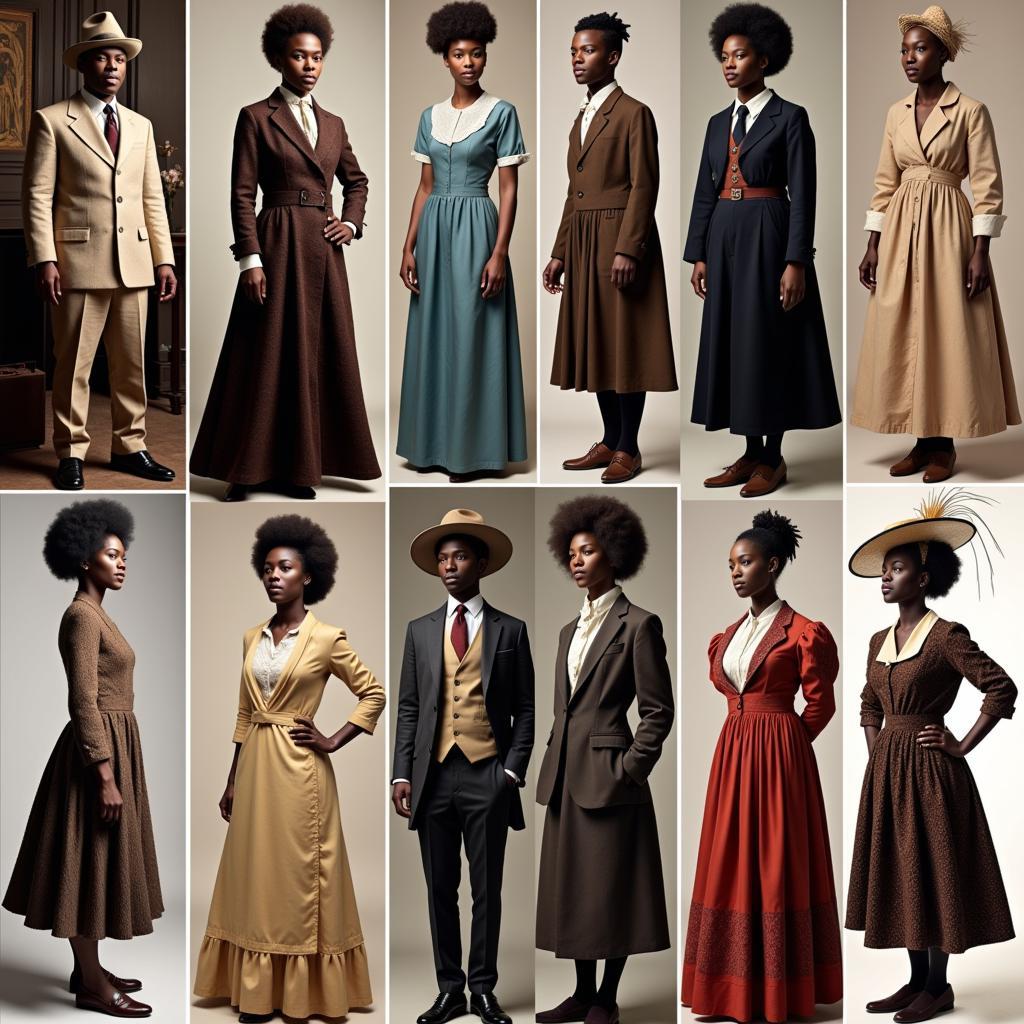Exploring the African Curvy Butt: Beauty, Culture, and Misconceptions
The African Curvy Butt has long captivated attention, sparking discussions about beauty standards, cultural significance, and unfortunately, harmful stereotypes. This article delves into the complexities surrounding the appreciation of curves in various African cultures, separating fact from fiction and promoting respectful understanding.
The Diversity of Beauty Ideals Across the African Continent
It’s important to acknowledge that Africa isn’t a monolith. The continent comprises 54 distinct countries, each with its own unique cultural tapestry, including diverse beauty ideals. While some cultures may celebrate fuller figures, others might prioritize different physical attributes. Generalizing about an “African” body type is not only inaccurate but also perpetuates harmful stereotypes. The beauty of African women, like women everywhere, comes in a myriad of forms.
What is considered beautiful varies significantly across different regions and ethnic groups within Africa. In some communities, a fuller figure is seen as a sign of health, fertility, and prosperity. In others, slenderness might be preferred. These preferences are often rooted in historical, social, and even environmental factors. For example, in societies where food scarcity has been a historical concern, a fuller figure could be seen as a sign of wealth and access to resources.
Challenging Westernized Perceptions of the African Curvy Butt
Western media often presents a skewed and hypersexualized image of the African female body, focusing heavily on the buttocks. This distorted representation not only reduces African women to a single physical attribute but also reinforces harmful stereotypes. It’s crucial to challenge these narrow depictions and appreciate the diverse range of body types and beauty standards that exist across the African continent. We must move beyond simplistic and often offensive generalizations and embrace the richness and complexity of African beauty.
The concept of the “ideal” body shape is constantly evolving, influenced by various factors, including media, social trends, and cultural norms. It’s important to remember that beauty standards are subjective and fluid, and no single body type is inherently superior to another. Promoting body positivity and self-acceptance is essential, regardless of shape or size.
Cultural Significance and Traditional Practices
In some African cultures, certain body parts, including the buttocks, hold specific cultural significance. Traditional dances and rituals may emphasize movements that highlight these features, celebrating femininity, strength, and connection to ancestry. These practices are deeply rooted in cultural traditions and should be understood within their specific context, rather than through a Westernized lens.
It’s important to distinguish between cultural appreciation and the objectification of the female body. Respect for cultural traditions should not be conflated with the exploitation or fetishization of specific body parts.
Beyond the Stereotypes: Embracing Individuality and Authenticity
African women are not a homogenous group, and their bodies come in a stunning array of shapes and sizes. It’s crucial to move beyond the stereotypes and appreciate the individuality and beauty of each woman. Celebrating diversity and promoting self-love are essential steps towards creating a more inclusive and equitable world.
Dr. Abena Serwaah, a renowned Ghanaian anthropologist, emphasizes the importance of understanding cultural context: “Appreciating the beauty of African women should always be grounded in respect and understanding of the specific cultural traditions and values at play. It’s about celebrating diversity, not perpetuating stereotypes.”
The Impact of Social Media and Body Image
Social media plays a significant role in shaping perceptions of beauty, often promoting unrealistic and unattainable ideals. This can have a detrimental impact on body image, particularly for young women. It’s vital to promote healthy body image and challenge the unrealistic portrayals of beauty often seen online.
Professor Folasade Adeoye, a Nigerian sociologist, notes, “Social media can be a powerful tool for both good and bad. It’s important to be critical of the images we consume and to remember that true beauty comes in all forms.”
Conclusion: Celebrating African Beauty in all its Forms
The African curvy butt, when viewed within its proper cultural context, can be a symbol of beauty, strength, and heritage. However, it’s essential to challenge harmful stereotypes and appreciate the diversity of body types and beauty standards across the African continent. By fostering respect, understanding, and celebrating individuality, we can truly appreciate the beauty of African women in all its forms.
FAQ
- Are all African women curvy? No, African women, like women everywhere, come in a diverse range of body types.
- Is it appropriate to comment on an African woman’s body? No, commenting on someone’s body, regardless of their background, is generally considered inappropriate and disrespectful.
- What are some traditional African beauty practices? Traditional beauty practices vary significantly across the continent and can include everything from elaborate hairstyles to natural skincare remedies.
For any further assistance, please contact us at Phone: +255768904061, Email: kaka.mag@gmail.com or visit our address: Mbarali DC Mawindi, Kangaga, Tanzania. Our customer service team is available 24/7.


